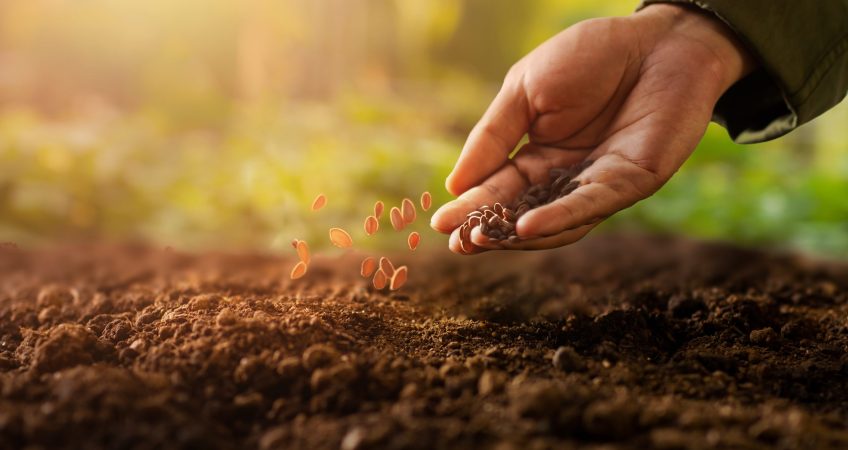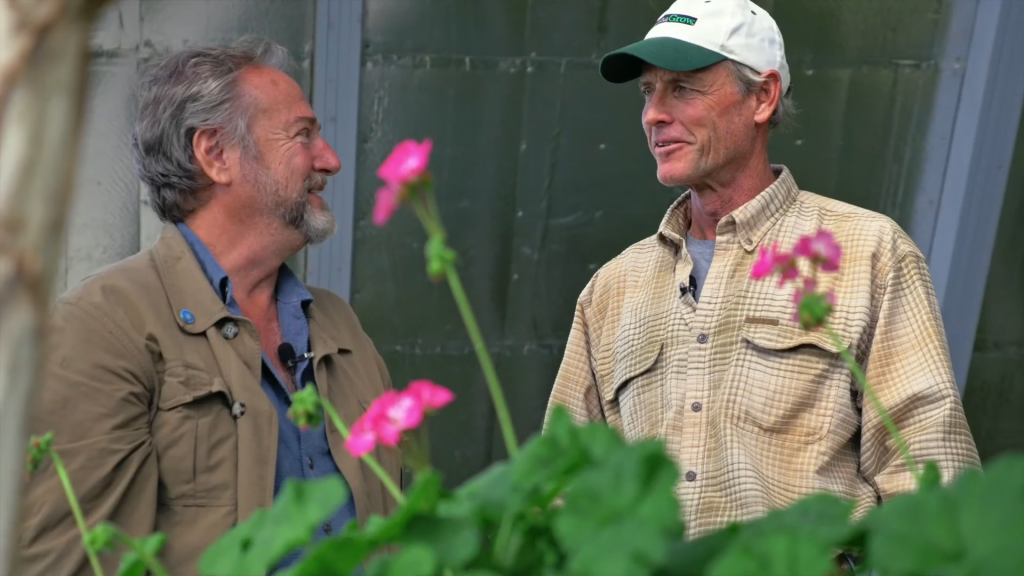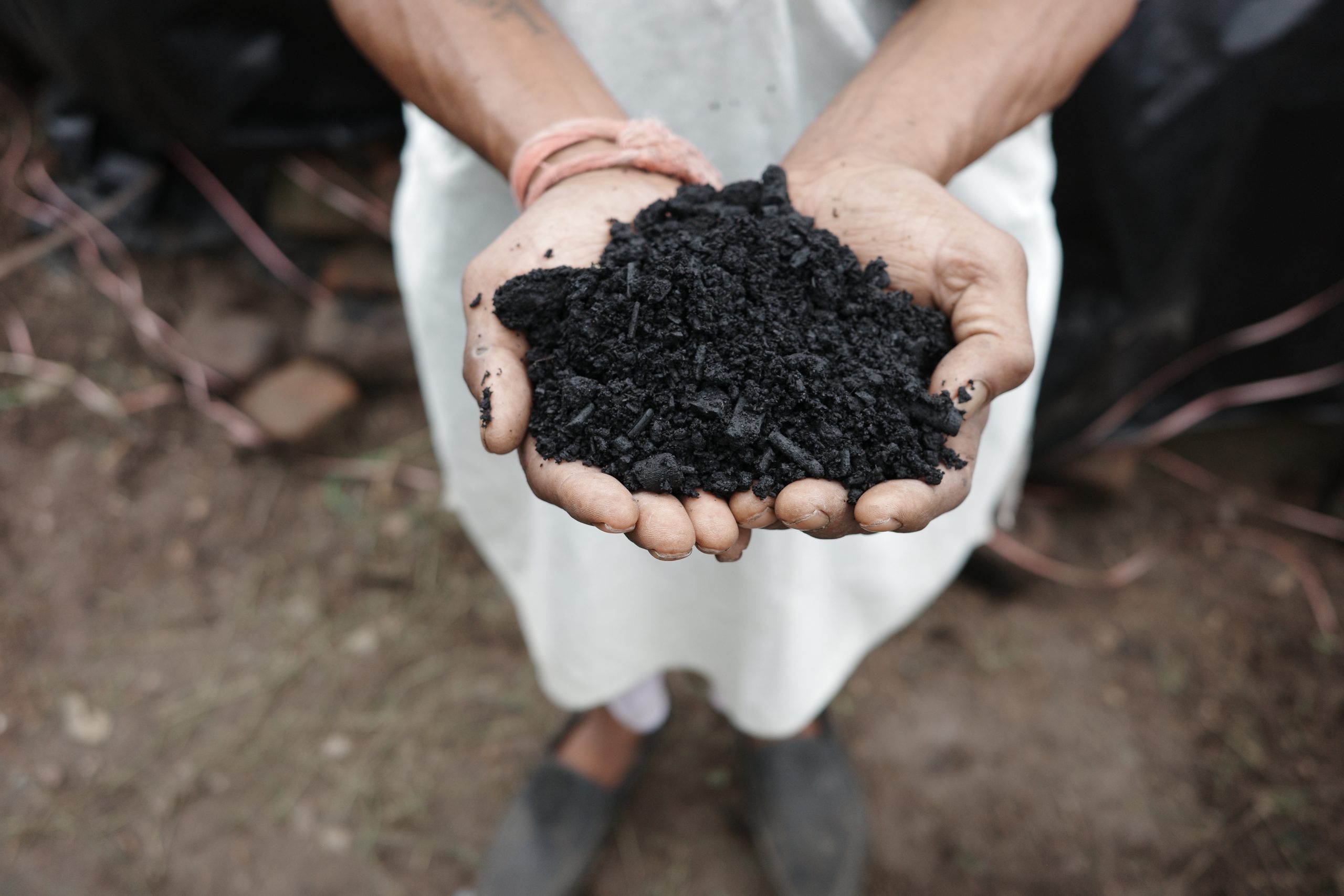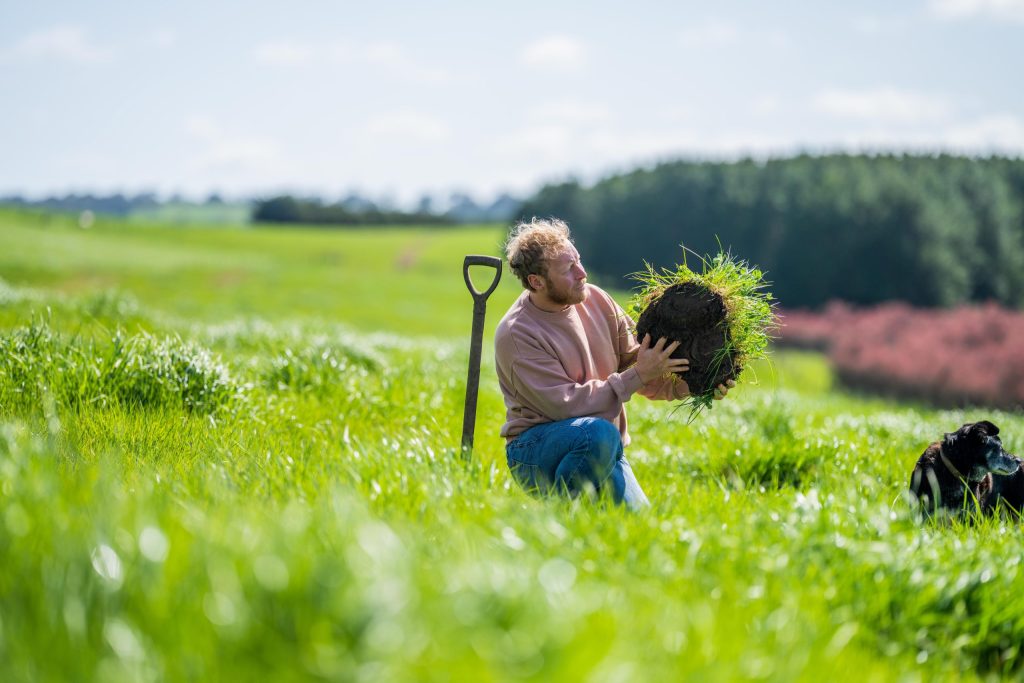
Cover Photo: Piyaset / Shutterstock.com
The 2018 documentary, The Need to Grow, put the spotlight on the dire state of global agriculture with UN estimates suggesting only 60 years left of farmable land if soil degradation continues, with 40% already degraded.
Since SVL specialises in reverse logistics and composting of food ‘waste’ and with COP29 just passed, we wanted to revisit this film again to explore its core messages and climate takeaways.
With modern farming technologies and fertilisers, it may sound surprising to learn we still heavily depend on soil itself but it all comes down to something called biodiversity. Continuous tilling of the land, over reliance on synthetic chemical fertilisers and mono-cropping are all agricultural processes that actually harm the fragile state of our soil. Healthy, nutrient-dense soil is the result of billions of micro-organisms and mycelium networks which are disrupted by contemporary farming methods like above.
The loss of biodiversity is a huge risk to both our food security, our climate and our health. As well as the decreasing ability to produce food at all, dead soil—essentially dry dirt—loses any ability to trap carbon or retain water, while reliance on synthetic inputs leads to less nutritious yields and higher cancer risks (as WHO research into ultra-processed foods also shows).
As alarming as this sounds, there are things we can do—from embracing science to raising awareness—and The Need to Grow follows the stories of three people through their own endeavours to change how society thinks about these issues for the better.

Courtesy of The Need to Grow (trailer)
Rejuvenating soil through closed-loop renewable processes
Take Michael Smith’s Algae AquaCulture Technologies (now REGENiTECH), whose closed-loop Green Power House (GPH) could heat waste biomass via pyrolysis to produce biochar and generate enough electricity to both run the facility offgrid and power one hundred homes. CO² byproduct would be channeled to the facility’s photobioreactor to help rapidly cultivate algae that is then biodigested into a nutrient-rich organic fertiliser. The byproduct of methane then goes back into the loop, helping heat more biomass to continue the cycle. The accelerated 4-5-day cycle would theoretically take nature 400 years to achieve, making this technology a high hope for regenerative agriculture advocates.
Grassroots activism in Orange County
We also meet Alicia Serratos, a young activist determined to help others better protect our environment. She petitions the Girl Scouts to switch to making non-GMO cookies, as well as kickstarts local community efforts like school gardens or seed libraries (vital for future biodiversity).
More with less: efficient urban farming
Eric Cutter’s Alegría Farm in Laguna Beach specialises in urban farm systems thanks to their optimised soil biology and resource-efficient processes that help grow nutrient-dense vegetables the likes of conventional farming cannot achieve, relying less on water, fertilizer, energy and land. His systems can be deployed over man-made surfaces, helping reclaim lost or underutilised urban spaces, while Eric’s company also helps educate local communities.
Each narrative interweaves yet, as we learn of individual setbacks throughout the film, we start to realise that what is best for the environment (and even ourselves) may not necessarily correlate with how corporations are governed and their pursuit of short-term economic gain.
Regenerative farming
The documentary essentially calls for greater efforts to expand what is called ‘regenerative agriculture’, with techniques like no-till farming, cover crops and composting several ways to achieve this through restoring our soil.
The biochar and organic digestate made by Michael’s GPH, alongside other humic substances, are powerful soil amendments necessary to rejuvenate the Earth’s soil.

shyam_natarajan / Shutterstock.com
Biochar itself is a porous, charcoal-like substance that locks atmospheric carbon in a stable form that could otherwise escape into the atmosphere on decomposition. On top of sequestering carbon into a stable form, it has several other amazing properties. It can be mixed with soil yet still remain stable after hundreds of years. Moreover, its porous microstructure promotes water retention and airflow—perfect for microbes crucial for returning soil to a rich, nutrient-dense composition.
Biochar may sound like a wonder material, but economics and cost of production have still held back the ability to scale its use in agriculture. But this could be about to change, with more and more funding slowly diverted into climate change to help accelerate carbon offsets.
From beats to beans at Diddly Squat Farm
In 2024, Amazon Prime’s Clarkson’s Farm, filmed in the UK, also put regenerative farming on the map, with Andy Cato (of ex-Groove Armada fame) brought in to manage some fields through prioritising biodiversity—with great success. As Andy show, planting multiple crops side-by-side may lower short-term yield, but the nutrients provided by one (e.g. nitrogen from beans) can help naturally fertilise the soil for future crops (e.g. wheat grain) while helping remove the reliance and cost of additional fertiliser. The ex-DJ, who runs his own Oxfordshire farm, has built up a network of 100 farmers across the UK and France to deploy such regenerative farming methods.
As with biochar, the short-term economics can be a sticking point, but Andy is able to pay partnered farmers a premium for their wheat, with end retailers in turn paying more for flour and bread via his brand, Wildfarmed.
As more companies sign up to climate initiatives and adopt SDGs in their company mantras, we can hope more funding is thus channeled into regenerative farming by default, making it less about niche brands, and more a mainstream approach.

William Edge / Shutterstock.com
In conclusion
Soil without nutrition is just dirt, and caring for our soil is more important than ever for humanity, in so many ways:
- Mass soil rejuvenation could ultimately offset all greenhouse gases and help reverse climate change.
- Repairing and replenishing our soils is essential to maintaining stable food security in future, otherwise there will be little natural food left to eat, and what remains will be less and less nutritious.
- Reduced reliance on GMOs, artificial fertilisers or pesticides will help remove toxins and carcinogens from agriculture entirely, threatening our health.
SVL stands by renewable practices and the efficient reuse of waste through the power of composting. Our logistics firm specialises in collecting and processing organic waste to help not only lower costs for our clients, but also help replenish the soil that we all depend on.
As Rosario Dawson narrates, “the future of our food systems is in our hands”.

